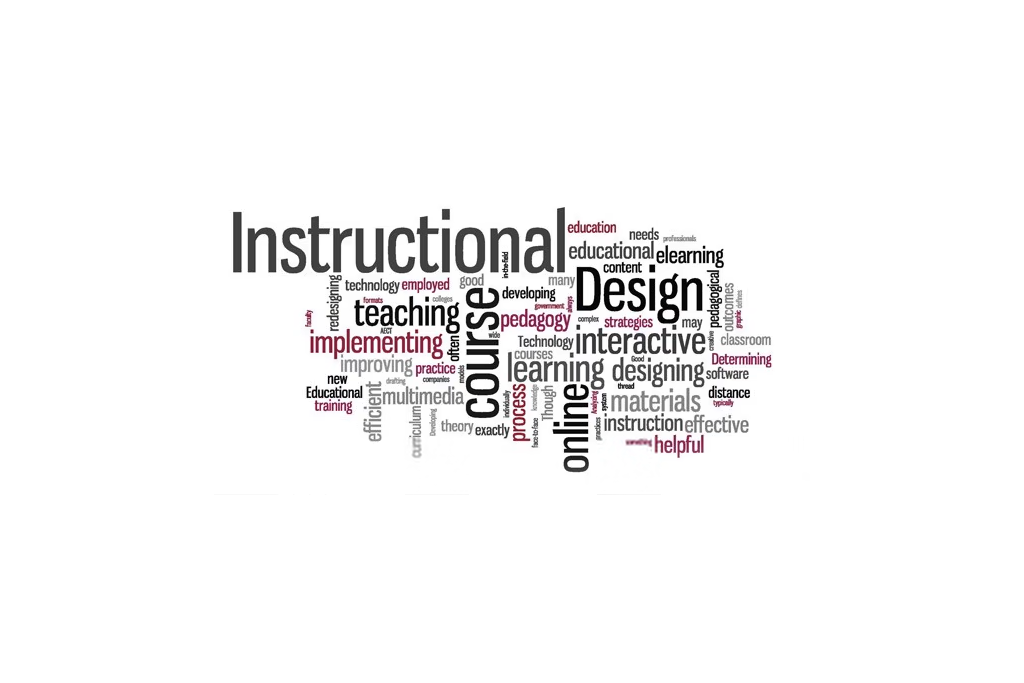INTRODUCTION
The idea of instructional design evolved in the 1950s. Instructional design is the process by which learning materials such as online courses, e-books, interactive videos, simulations, virtual reality training, etc., are designed, developed, and delivered to the learner. The entire process takes place systematically, helping the learner to gain and apply new learnings and, thereby achieve their learning goals.
INSTRUCTIONAL DESIGN MODELS HOW ARE LEARNING MATERIALS DEVELOPED?
The development of learning materials includes several activities that are guided by various instructional design models.
Some of the widely applied instructional design models are:
- ADDIE
- Dick and Carey Model
- The SAM Model
- Iterative Design Model
- Kemp Design Model
- Gagne’s Nine Events of Instruction
ADDIE
Designed in 1975, ADDIE acts as a framework for designing and developing training materials even today. ADDIE stands for Analyze, Design, Develop, Implement, and Evaluate.
ADDIE is not an iterative process. It works in a linear manner, that is, the earlier phase has to be completed before moving on to the next phase. Working in phases helps to define, facilitate and implement the right training tools.
Let’s understand each phase in detail.
ANALYSIS
Said to be the ‘goal-setting phase’, analysis is all about knowing the target audience. You have to recognise the problems being faced by the learners so that they can be dealt with in a systematic way. You have to identify the learner’s prior knowledge and what the learner must achieve after taking the course.
These findings lay the foundation of successfully designed course.
DESIGN
The design phase includes identifying the learning objectives, chunking the information to be included, subject matter analysis, creating lesson plans, exercises, assessments, and selecting media tools. A blueprint of the course is created in this phase.
The success of the course largely depends on how logically you design the learning material. Learning materials that meet the needs or address the problems of the learners that have been identified in the analysis phase ensure effective learning.
DEVELOPMENT
The development stage is the ‘action’ phase, because, it is in this stage that you start to actually create or develop the course. The information gathered from the earlier two phases and the platform for developing the course once established in this phase are used to create the learning material. This is also when pilot testing is done. Pilot testing saves time and effort on revamping the deliverables. It also helps to identify whether the designed learning materials meet the learning goals.
IMPLEMENTATION
After a successful pilot test, the finalised training material is ready to be shared with the learners.
The target audience see and interact with the course for the first time. This phase is important as the learners and creators of the course work together. Based on a detailed monitoring and learner’s feedback, if required, the content is analysed, redesigned and updated to achieve positive results.
EVALUATION
This is the last phase of the ADDIE model. This phase determines if the learning goals set in the analysis phase have been successfully met. Evaluation is categorised into two parts: formative evaluation and summative evaluation. Formative evaluation takes place in all the phases of the model. However, summative evaluation takes place at the very end. It is applied to identify the effectiveness of the training and makes fixes, if any. Surveys are conducted at the end of the training to get the learner’s feedback.
DICK AND CAREY MODEL
This model is an Instructional Systems Design (ISD) model. The assessments and learning materials are developed under a systematic process for a formal training.
The model includes nine steps:
- Identifying goals and objectives
- Completing instructional analysis
- Determining entry behaviors and learner characteristics
- Writing performance objectives
- Developing criterion-referenced eLearning assessments
- Developing the instructional eLearning strategy
- Choosing learning materials and online activities
- Carrying out a formative evaluation
- Carrying out summative evaluation
THE SAM MODEL
SAM stands for Successive Approximation Model. As the project progresses, by using the SAM model, you can simultaneously make the required changes to your training program. That is, several steps take place at the same time. In the initial preparation phase, information is gathered and changes are made quickly to the design. Hence, this model it is also known as Agile development.
It is much faster as compared to the ADDIE model.
SAM is an iterative model. It has three phases:
- Preparation phase
- Iterative design phase
- Iterative development phase
ITERATIVE DESIGN
Iterative design includes the development of learning material in parts. Each part is refined based on feedback and evaluation. As mentioned, ADDIE and SAM are the two widely used models that are based on iterative design. The advantage of iterative design is that it prepares you well before going ahead with the testing and execution of the learning material.
KEMP DESIGN MODEL
As compared to the Dick and Carey model that applies a linear approach, the Kemp Design Model is based on a circular approach.
It is a nine-step model that comprises:
- Identifying instructional problems
- Examining learners’ characteristics
- Identifying subject content, and analyzing task components
- Stating instructional objectives
- Sequencing content
- Designing instructional strategies
- Designing instructional message and delivery
- Selecting resources
- Developing evaluation instruments
Some of these steps can be worked on at the same time, while some steps can be avoided. Thereby, giving more flexibility to the course developers.
GAGNE’S NINE EVENTS OF INSTRUCTION
Gagne’s nine events are based on a systematic instructional design process. Based on the learning situation, changes can be made to the events, thus, giving flexibility to the developers of the course. It is one of the most widely used instructional design models.
It is a nine-step process that includes:
- Gaining the attention of the students
- Informing students of the objectives
- Stimulating recall of prior learning
- Presenting the content
- Providing learner guidance
- Eliciting performance
- Providing feedback
- Assessing performance
- Enhancing retention and transfer to the job
All these models help you to structure and plan the training. However, which model to use depends entirely on you, your organization, your client’s objectives, and the target audience that will be using the course. Along with this, make sure that the model you choose supports the learning behavior and meets the desired goal.





